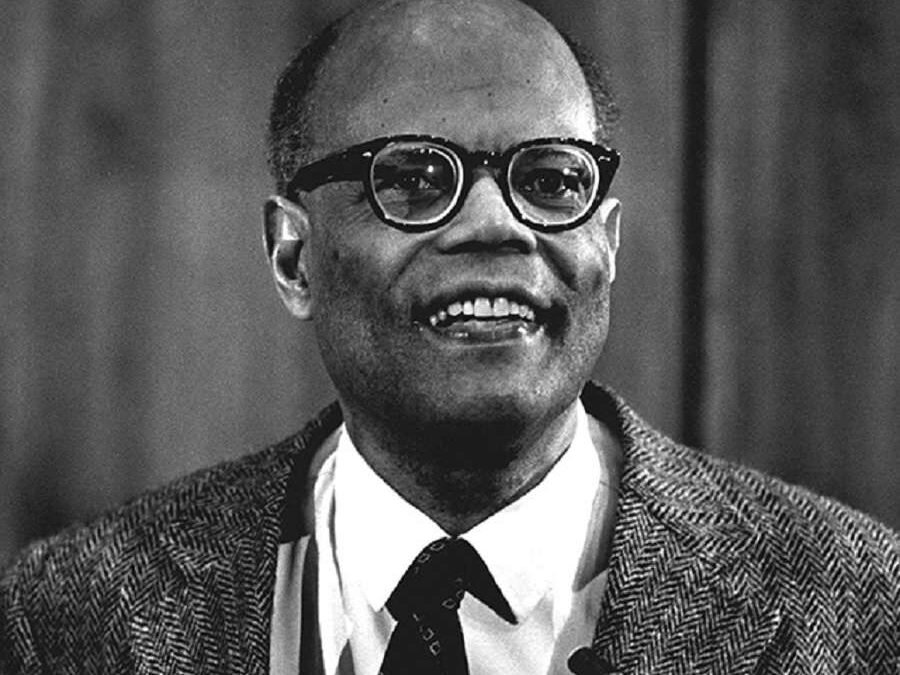When people talk about the greatest economists, they cite the likes of Smith, Friedman, Marx, and Keynes. They often ignore not only the greatest economist but one who rose from a humble background to global acclaim – Sir W. Arthur Lewis (1915-1991).
Who Was Lewis?
Lewis was born in 1915 on the Caribbean island of Saint Lucia. A gifted student, he was moved into classes ahead of his age and finished his schooling at only 14.
He initially wanted to be an engineer, but the governments and companies running British colonies such as Saint Lucia wouldn’t hire black people into this role, so he instead chose economics. At 18, he was accepted to the London School of Economics on a scholarship, the first black student to attend that prestigious institution. He again excelled in his studies, completing a BSc and PhD before going into academia.
Lewis taught at universities in Britain, the West Indies, and the United States of America. He was the first black teacher at LSE and the first black full professor at Princeton, a ground-breaking figure in an academic field that even in 2020 is disproportionately white. Alongside his academic work, he played a part in the post-colonial politics of the West Indies. He was the first economic advisor to an independent Ghana and the first president of the Caribbean Development Bank. In 1979, he shared the Nobel prize in economics with Theodore Schultz, becoming the first black person to win the Nobel for work in science.
Lewis’s Ideas
Lewis combined historical analysis with classical economics to shine a light on the economies of developing countries, turning the spotlight away from developed economies.
One of Lewis’s most important contributions was the dual-sector model, which explains changes in a developing economy. This model shows two co-existing sectors in a developing economy – the capitalist sector, characterized by industry, and the subsistence sector, characterized by agriculture. The subsistence sector has an excess of labor, low wages, and lower productivity than the capitalist sector. Because of this, the capitalist sector can grow by recruiting labor from the subsistence sector, profiting off that labor, and then reinvesting in further growth. As time goes by, the pool of surplus labor decreases and wages go up, while the capitalist surplus increases and along with it the wealth of the economy.
In 1955, Lewis published The Theory of Economic Growth. In this, he pointed out that England suffered a period of terrible economic turmoil during its industrial revolution. Giant shifts in the agricultural and labor markets eventually led to higher production and income, but not without growing pains. On this basis, he theorized that developing countries would see the same economic shift, emerging from difficult times into prosperity.
Lewis blazed a trail for black economists, provided much of the groundwork for modern studies of economic development, and along the way helped turn the theory of economics into practical benefits for developing nations. He was truly an economic great.



